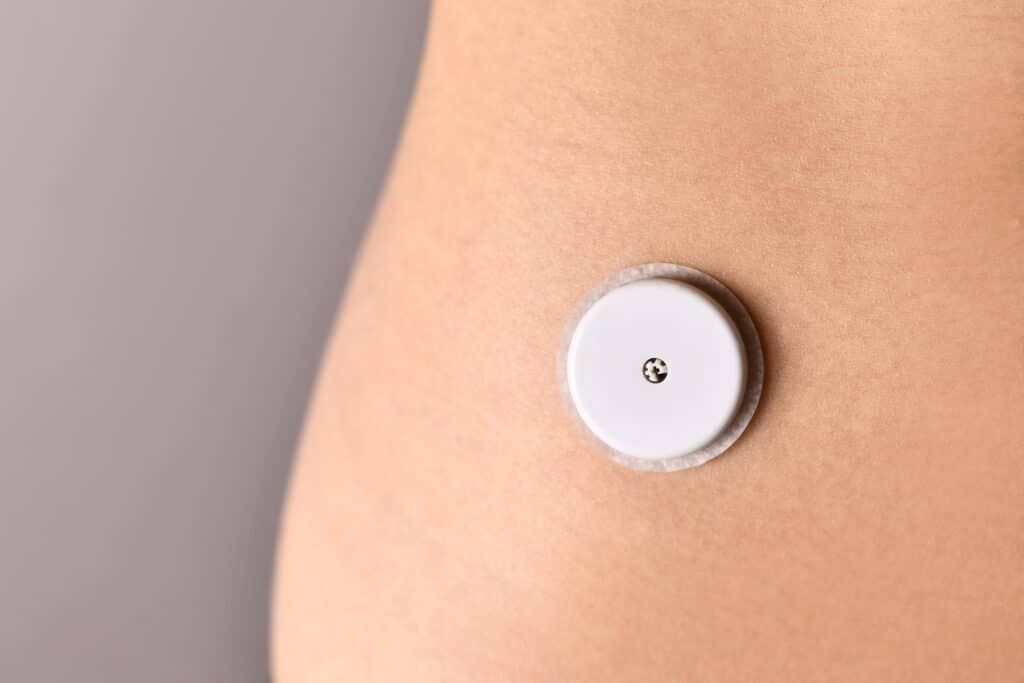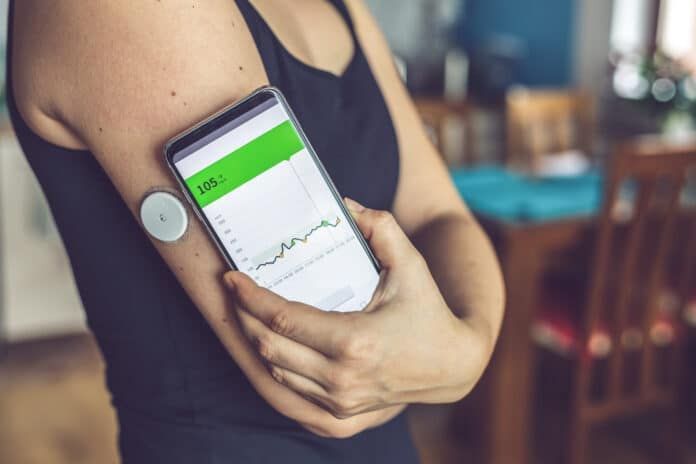L’implant for diabetics: what you need to know ?
Type 2 diabetes is unfortunately a disease that is developing more and more, sometimes due to a lack of treatment’s diet is too rich and unhealthy’a lack of insulin’physical exercise. Nevertheless, this technology is not yet available’is not the only cause of the disease. There are type 1 diabetics who are younger, such as teenagers and adults. If in the case of’If you have type 2 diabetes, there are oral medication treatments, which are not available’This is not the case for type 1 diabetes. Nevertheless, medical progress is encouraging and soon perhaps different implants will be able to treat diabetes to follow glucose in a non-invasive way and act as a pancreas for a person with diabetes’type 1 diabetes.
What is the role of this implant for diabetics ?
Researchers from the Fresnel Institute, in collaboration with the Cardiovascular and Nutrition Research Center (laboratories members of the Carnot STAR Institute) and the Interdisciplinary Nanoscience Center of Marseille are studying the possibility of using a new implant to treat type 1 diabetes’using radio frequencies to track glucose. This technique could be a less invasive alternative to conventional needles or implants, which are more expensive than the traditional ones’be uncomfortable present infectious risks. The system would be composed of sensors integrated into antennas that would send and receive signals from the explored areas.

Can all diabetics benefit from it? ?
This medical and technological breakthrough, if it comes to fruition, will be a great help to the patient’The implant is intended for all diabetics, regardless of their type of diabetes. Since’However, since it would be used primarily to detect blood sugar spikes and monitor blood glucose levels, anyone could benefit from it.
For the time being, this technology is not yet available’It is still only a question of’at the test stage and n’has not seen the light of day. However, this probe has been tested on liver tissue ex vivo (c’This means that it is based on cells extracted from the body’s), as well as on mouse tissue. It does not’The treatment has not yet been tested on liver tissue in vivo (in the liver)’The next step is to make the transplanted cells work. This advance is very encouraging and offers significant hope for better monitoring of blood glucose levels in a non-invasive manner.
D’other possible solutions in the future ?
Another technological advance: the’implant to compensate for the deficiency of the pancreas.
Three teams worldwide are working on this project, including one in France. In concrete terms, this implant that does not require a prescription is a very effective way to reduce the risk of heart disease and stroke’It has not yet seen the light of day and is currently being developed’studies by a French start-up in collaboration with a research laboratory.
This implant would fulfill three functions. D’On the one hand, it must have a protective function with respect to the transplanted pancreatic cells against immune attacks that may occur in the future’they could undergo. D’On the other hand, it must regulate the’insulin since’a rate of’too high insulin levels could be dangerous, even fatal. Finally, this implant must make the transplanted cells functional and push them to produce insulin’insulin necessary for the regulation of glucose in the blood.
This implant’It is being created if’It will be used for people suffering from diabetes’type 1 diabetes. In fact, type 2 diabetes is excluded from this technology, since it is not possible to treat it’it can be treated with’The implant, which does not require the use of oral medication coupled with an insulin reworker, allows the patient to take the insulin’lifestyle hygiene. As for type 1 diabetes, it cannot benefit from these drugs. Only the’injection of’s insulin allows the patient to’At present, it is possible to treat type 1 diabetics, but this solution has its limits in the most serious cases. L’implant would therefore be a This is a real evolution in the treatment of type 1 diabetes, since’it would produce insulin’insulin on demand.
